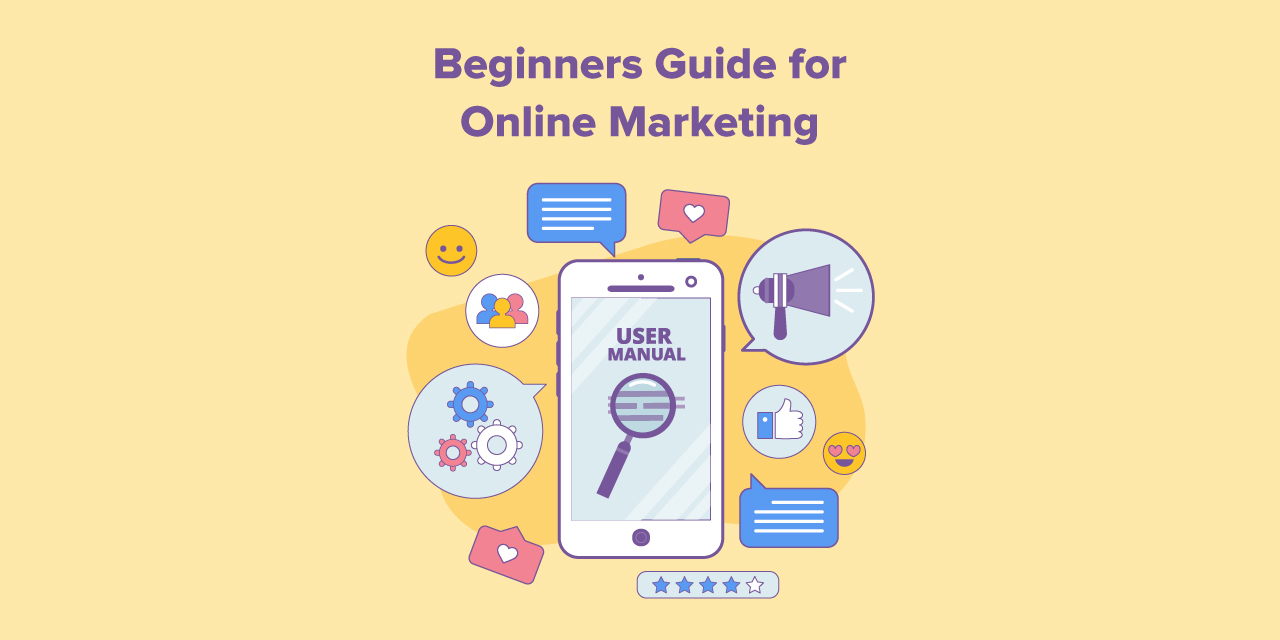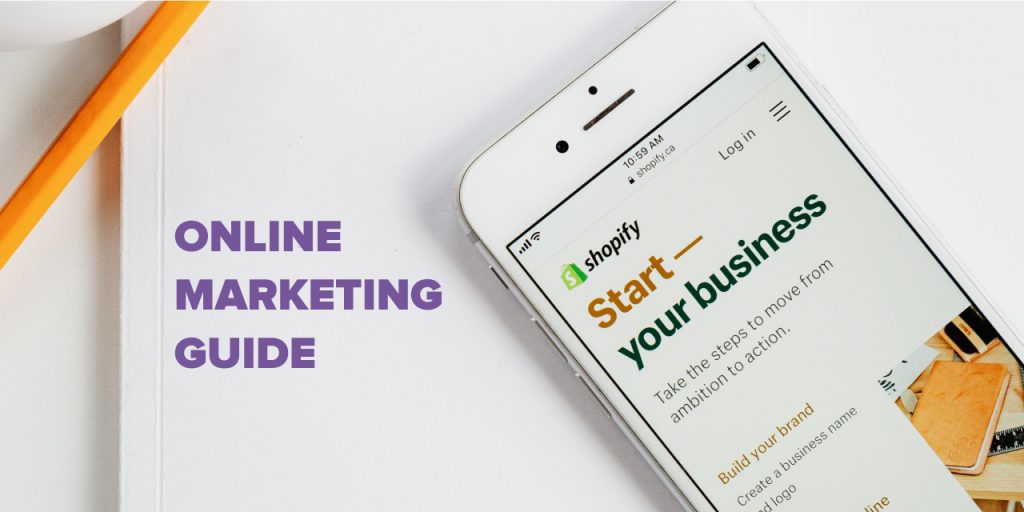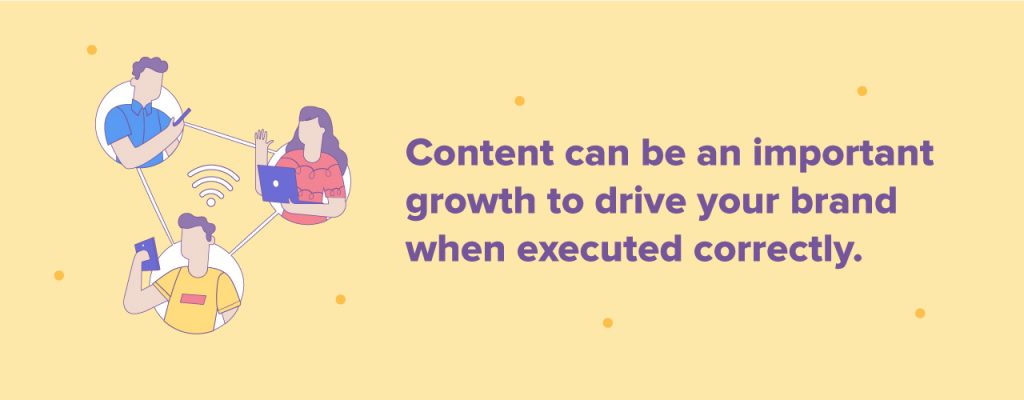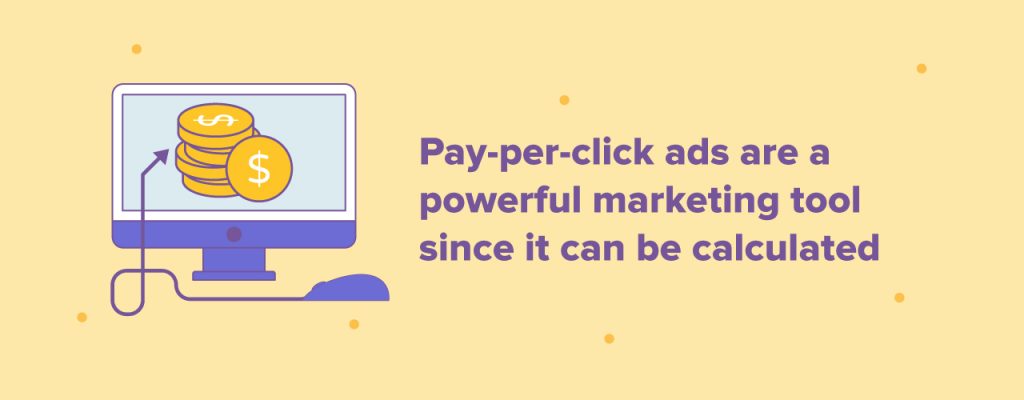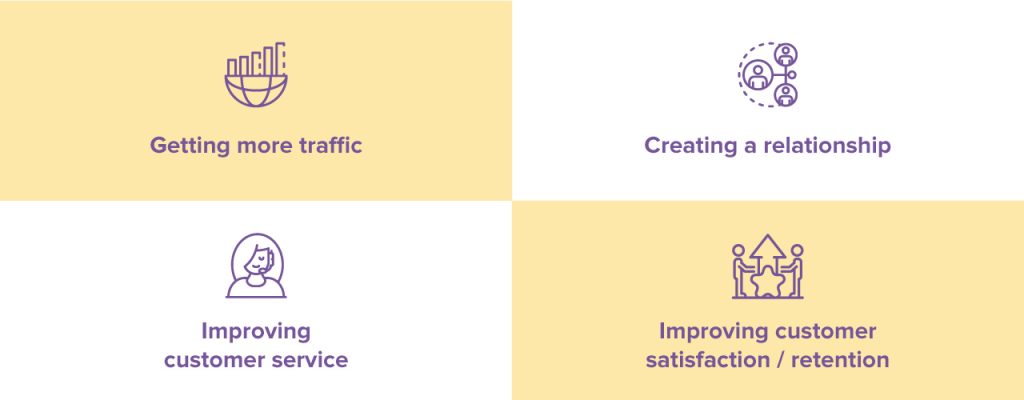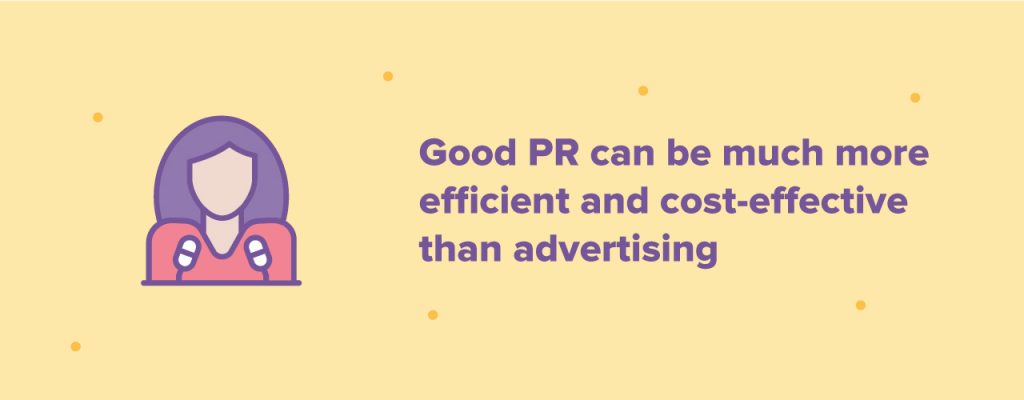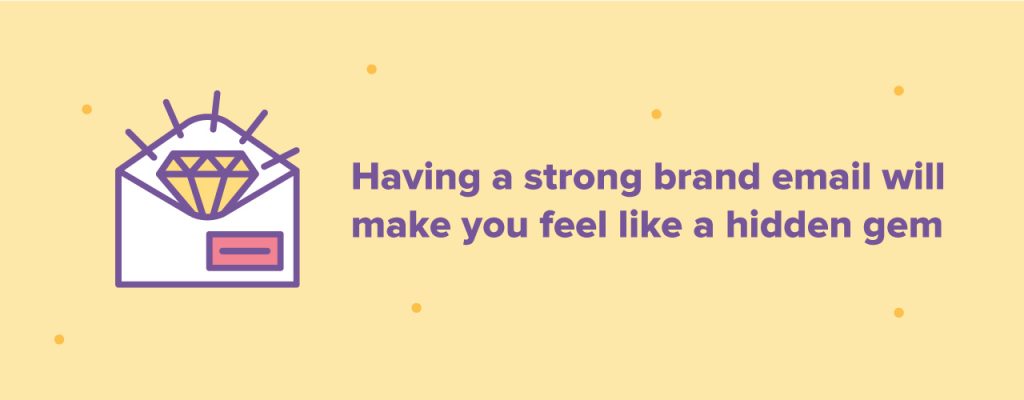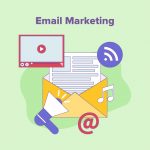The Beginners Guide to Online Marketing
The Beginners Guide to Online Marketing
Totally new to small business online marketing?
Getting started might sound like a daunting process, and with good reason: Digital marketing Malaysia continues to grow. We have a list below with everything you need to know about online marketing. You can use it to implement your strategy to get you started on this journey. But, let’s begin with the basics.
What is Online Marketing?
Online Marketing is a digital channel practice that spreads your message about your products or services. Some ways to do that are through paid ads, social media, emails, blogging, or even SEO. It is also a process of designing, providing and communicating the importance of a product or service and making it meaningful to consumers so that they are forced to consider buying a product or service when they experience the brand online.
Guideline / Steps to Online Marketing
1. Develop Your Brand’s Story
Connections between people and people are the heart and core of a company. You’re dealing with people at the end — your business is solving problems, relieving pain points and delivering amazing customer experiences.
A powerful technique in relation-building is storytelling. It’s an old concept that brings people and keeps them involved. It doesn’t matter where you’re based in the world, or how much your startup needs to fund. Good stories make simple projects get huge voices. That’s why it’s mission-critical for businesses to take the time to fully improve their storytelling strategies.
Storytelling and marketing go together. Only think about it. Whether you’re making blog posts, writing for a Facebook ad or writing a free online guide, you will need to attract the attention of your viewers. Consumers (including yourself) face overload from advertising on a daily basis. Marketers are constantly competing for the attention given to their prospects and clients.
You must be wondering what brand storytelling is right?
Brand storytelling is :
- How did your product start
- Relation-building Method
- A look at who you are as a business
- Something that the entire team, at the operational level, supports.
- Why and what kind of consumers find value in engaging with your brand?
2. Build Audience Connections With Online Marketing
There is more to content marketing than just blogging.
Content like posts, guides and videos can be an important growth to drive your brand when executed correctly. Focus on developing trust and providing excellent quality. And above all, make sure you catch the correct metrics.
The marketing of content is an expense. It’s part of a wider marketing system. It requires a strategic perspective. This addresses users across the whole conversion enclosure. It should be held accountable for the standard set of performance metrics.
Content marketing is NOT social media, a job for an intern, or limited to a blog for a firm. It requires a commitment to systems and standards like any other marketing practice. Measurable results should be held accountable for.
3. Find Customers with Paid Channel Advertising
PPC pay-per-click marketing, marketing for search engines (SEM) or online marketing is definitely something that you have come across. Very often advertisers use these terms to describe the same definition interchangeably — Traffic has been obtained from online advertising.
Marketers often steer away from this strategy because it requires money. The prospect would have put you at a major disadvantage. It’s not uncommon for companies to run PPC campaigns with uncapped budgets. Why? Why? What for?
The marketing industry paying for the site is worth hundreds of billions of dollars. The ad-supported Internet was contributing more than $500 billion to the US economy in 2011.
The numbers alone tell us that this marketing platform is far too powerful to ignore but, more often than not, marketers are afraid to take the plunge for two reasons:
1. It requires money to get up and running.
2. If you’re not smart about your plan, there’s a big chance you’ll lose money
PPC ads are a powerful marketing tool since it can be calculated. It is possible to calculate both long-term value and short-term value for how much revenue even one incoming website visit yielded. Additionally, you can deploy targeting tools to ensure you reach the right audiences. All products offered by Instagram, Facebook, Twitter, and Google are for advertisers looking to attract consumers.
4. Get ‘Em to Your Site: Foundation for the development of traffic
You can have the world’s most beautiful online page, forum, or product, but if you don’t get traffic, the growth strategy for your company will fall flat.
Most brands base all their efforts on higher conversion rates. Don’t get me wrong. That is extremely important for your company’s success. Ultimately, conversions translate to dollars for the most part. They promote sales and add to your finishing touches. But first, they need to find your website, before people can convert.
It takes time to grow a site. It takes months and months on end to consistently share great content. Usually, it takes around two years for most people to get big. That means your growth is slow and steady just as slow and steady traffic is coming to your site.
There are a few tips/ways whereby you can increase website traffic.
- Increase your social media presence
- Start blogging
- Produce video content
- Broadcast live videos
- Use influencer marketing to establish credibility
- Create a Free Giveaway Worth Wanting
- Advertising on Facebook
5. Stay Focused on Your Customer

- What targeting options and images should you pick for your Facebook ads?
- Should you develop your blog posts in house, or should you outsource the writing to ghostwriters?
- How do you choose the right email subject headlines?
- Should you choose a cost-per-click or cost-per-impression pricing model?
Marketing is strategic.
You need highly focused goals to succeed. For a scalable, replicable system, you need a framework. Whether you are a beginner or an advanced marketer, it doesn’t matter-this fact will always be true. When you run without direction, you will end up wasting two of the most valuable assets your organization has to offer: time and money.
Step #1 of successful online marketing is an understanding of your company’s exact needs and goals. You need relentless self-discipline and laser focus. We’re moving backward, with the lessons that most seasoned marketers have learned over the years. We believe the best way to (1) push the company forward while (2) save time and (3) save money is this strategy.
Here’s what you need to know, before you even think about running your first online marketing campaign. This post will put you light-years ahead of the crowd.
Average marketers think in campaigns. They work all week, push out a campaign, then start again from scratch next week. That will only take you so far. To get to the next level, you need to start thinking in systems and build a marketing machine. This is the only way to 10x your growth and then 10x it again.
By: Lars Lofgren Growth Manager, KISSmetrics
6. Marketing Starts with Your Customers
Any marketing strategy will begin with your base of customers. Who are the people that use your product? What is the interest of these people, what do they hear, what goods are they actually using and what will it take for them to be signed on as paying clients?
Hold a conversation with your existing customers before you launch into your online marketing campaign.
Marketing is about relationships between humans and humans and can occur through any online or offline medium. Your customers will probably not remember at the end of the day whether they found your company by a click on a Facebook ad or a friend’s referral.
7. A quick note to the mobile device
Most companies are not configured for the mobile web, and that’s an issue. We’re working in a cross-platform environment. Smartphones and devices are going to be taking over. If you’re not developing your website for mobile users, you’re likely to lose money.
The world is using mobile devices.
And mobile devices are running mobile apps which makes mobile apps a big business thing.
If you have already created your own app, you’re planning to get your piece of pie and cash on it. (And if you haven’t developed an app, you might want to think about it.) Applications don’t sell on their own. Mobile marketing is one of the most contested branding flashpoints of the marketing era.
How are you going to stand out from the crowd when there is many applications out there already? How do you differentiate yourself in a crowded marketplace where your revolutionary concept has already been replicated a million times? How are you going to get your app to the front of the crowd, to the top of the search results?
Here’s an app marketing guide that every app owner needs to follow before launching the app.
- Choose the right name
- Find out who your rivals are
- Develop a great icon
- Select the best category
8. Setting up Your Social Strategy
Your social media strategy is far more than a Facebook or Instagram feed. If implemented correctly, social media is a strong content management tool and web traffic generator.
They’re all making it so easy. Upload a few times on Facebook, Instagram, or Twitter, and you’ll get traffic. In fact, it’s not that easy. And like anything else, you need to spend more time discovering how to do it better.
Let’s get in.
Constance is the best approach
Your company would benefit from a good social media strategy in many ways :
- Getting more traffic
- Creating a relationship
- Improving customer service
- Improving customer satisfaction / retention
9. Get the message out from the PR
You’ve launched a new product or service. What now? Now, you need to get the word out of here. Good PR can be much more efficient and cost-effective than advertising. No matter if you want to recruit a fancy agency or an amazing advisor, make sure you know what you’re doing and what kind of ROI you’re expecting Relationships are PR’s heart and soul.
Each penny spent on marketing is expected to generate revenue. The PR isn’t any special. Below are the steps you should take to develop a successful strategy for your company:
- Get beyond the company’s beauty
- Focus on building a relationship and communication
- Knowing when to use a news release
10. Connect with Email Marketing
Our inboxes are basically in the palms of our hands.
We’re stuck to email at work, after work, first thing every morning, and right in front of bed.
Think through it, if you send emails you can reach your audience in one of the most personalized ways possible.
The thing is, we’re also being flooded with email. Now take a look at your mailbox. Does that make you want to pull your hair out of it? Having a strong brand email will make you feel like a hidden gem. You are literally looking for a gem. But there they are.
Before starting to email your audiences, remember these few tips in mind.
Understand the needs of consumers
Customers have more techniques than ever before to filter out unwanted messages with priority inboxes. Your delivery statistics may be strong, but your emails are being ignored for reasons beyond your control. Before you send them emails, you need to connect with your audience.
These may include a freebie, a piece of content, or a promotion/deal that they will receive in return. Don’t just blast emails to your customers Make sure they’re set up (and willing) to read what you’ve got to say.
Link to other marketing channels
An email shouldn’t be a stand-alone communication tool. Ensure you’re incorporating all your marketing campaigns. For example, if you launch a blog, make sure you build your email list at the same time. Each time you release a new blog article, please notify your viewers by email. The chain of events should bring the audience back to your website.
Fulfill customer’s experience
The understanding of customer psychology is important for successful email marketing (and automation in specific). You need to make sure that you’re approaching clients and prospects with content that complements their desires and intentions.
Always develop a plan or schedule for your email marketing campaigns — make sure your messages meet the schedule. The first move is to sequence all of your messages. Which messages will you spend, and what step to take after each message has been sent?
Now that you have understand the beginner guide to online marketing, why not have a tea with us for further consultation. Just click on the link HERE to contact us.

